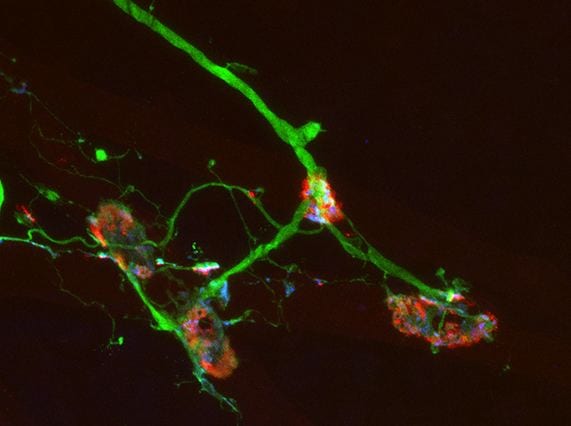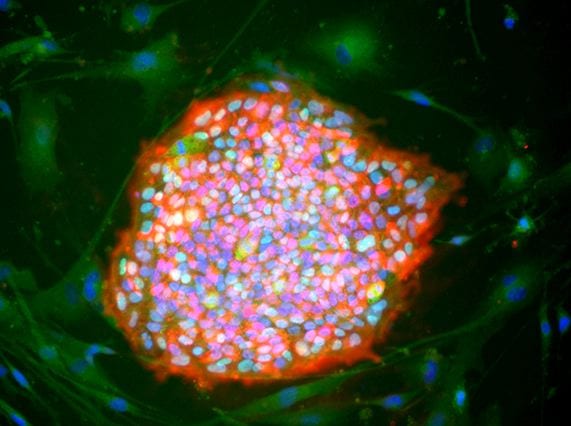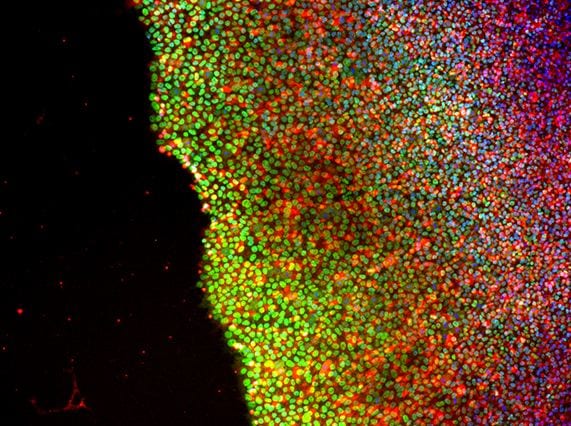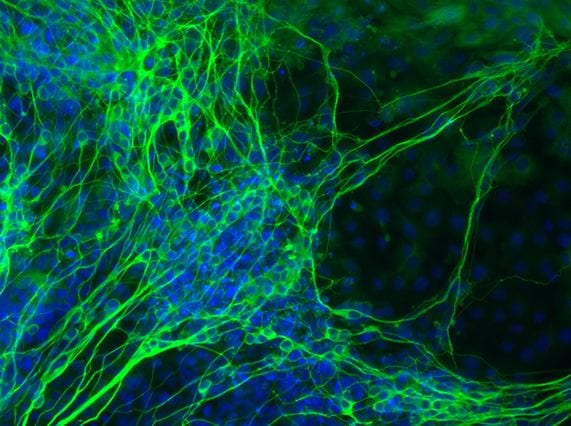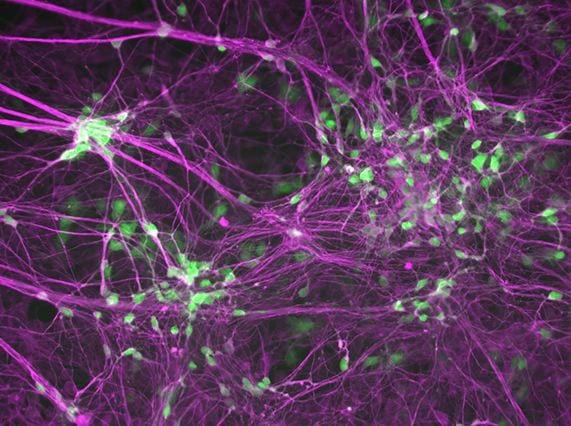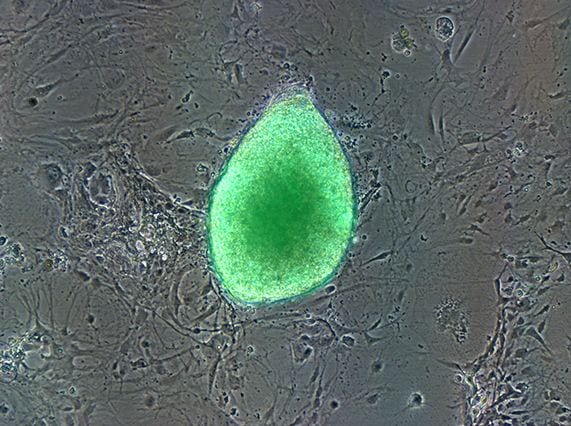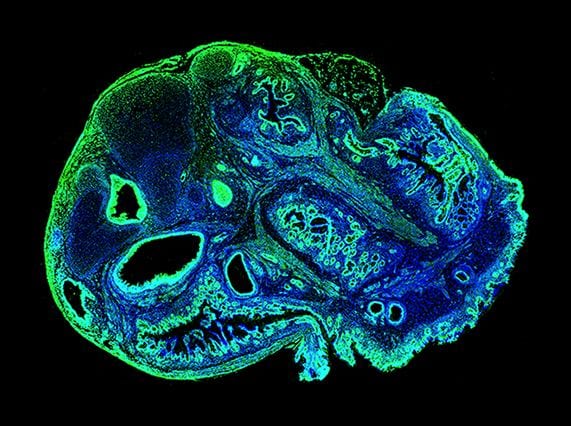Our lab creates in vitro models of human neurodegenerative diseases by converting patients’ skin fibroblasts into disease-affected neural cells. This enables us to screen thousands of drug-like compounds in search of potential therapeutics that slow or stop the degeneration of these cells in petri dishes — and eventually in patients.
Justin Ichida, PhD
John Douglas French Alzheimer’s Foundation Associate Professor of Stem Cell Biology and Regenerative Medicine
Eli and Edythe Broad CIRM Center for Regenerative Medicine and Stem Cell Research at USC
1425 San Pablo Street, BCC 211
Los Angeles, CA 90033-9080
Office (BCC 211): 323-442-0063
Lab (BCC 209)
ichida@usc.edu
